
Tips for Painting 3D Printed Models
With the Gloaming Swamps and Wilderness campaign we thought it an ample time to put together some tips for painting 3D printed models. One goal for the campaign is to provide painting guides for every model that is made, with a color guide and technique.
This article will touch on some tips and principles useful for when you go to paint your brand new prints.
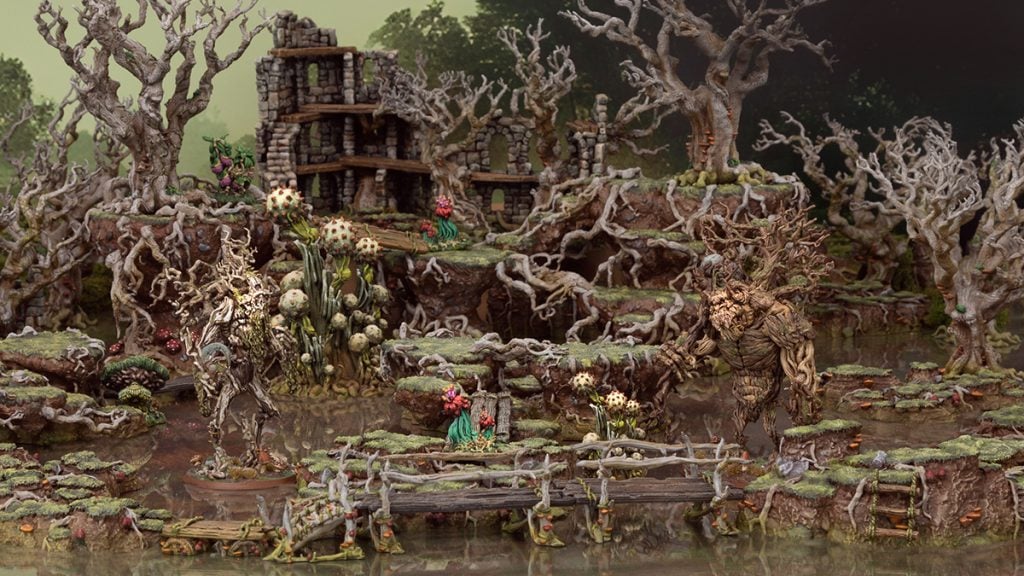
Getting Started
It is important to note that there is no right or wrong way to enjoy your models. Whether you’re a ‘slap dash, get it on the table’ kind of hobbyist or the meticulous perfectionist, the main goal is to enjoy yourself! Most of us will fall somewhere in between those two extremes, but its good to note what you want to get out of your 3D printed models.
Before painting, most prints will need a little bit of tidying up. Thankfully cleaning up 3D printed models is generally quite easy but there’s a few bits of equipment that we find essential;
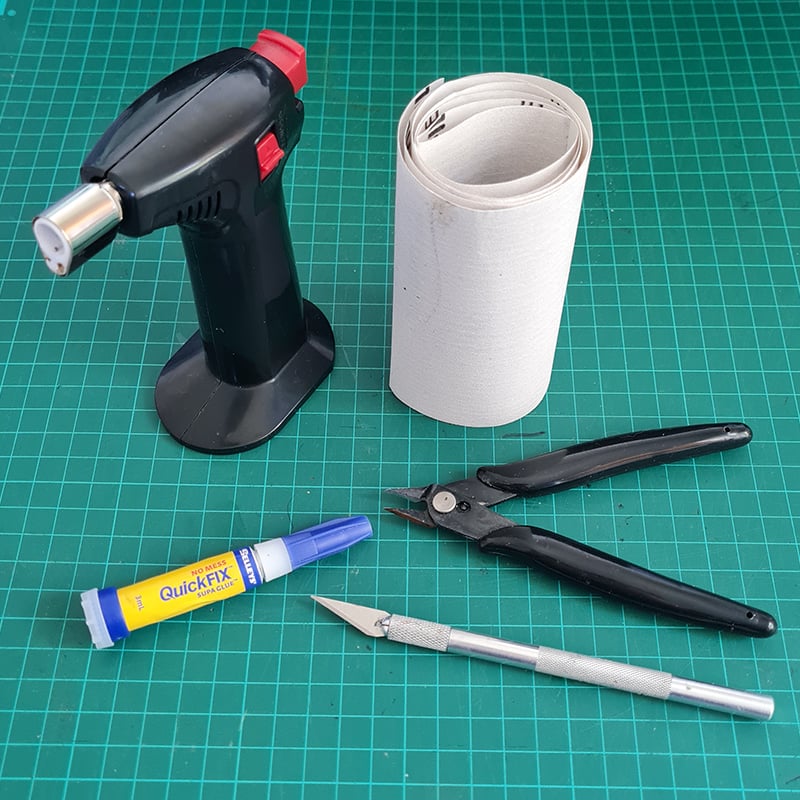
To prepare your models you’ll want some clippers, a craft knife, super glue, fine grit sandpaper and a Crème Brule torch (for heating and bending). A hand-held drill can also be useful for pinning and drilling out filament holes. For resin 3D printed models, you’ll also need a bathing station, isopropyl alcohol and the relevant safety gear this requires.
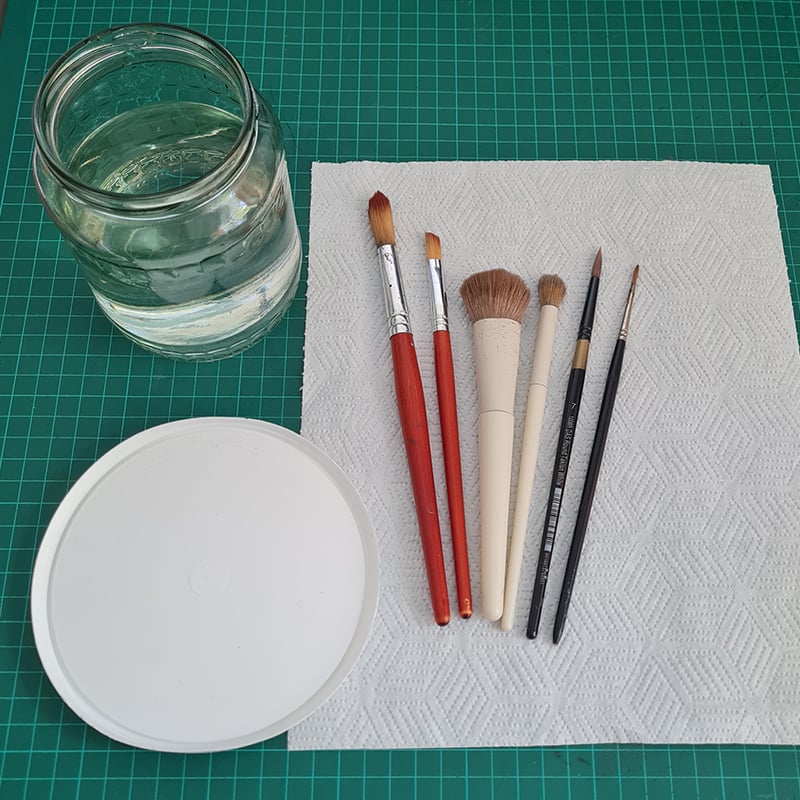
For painting you’ll want a variety of different sized brushes, water pots, paper towel, a hair dryer (for speeding up drying times), a box or spray booth, and a palette (or two). If you’re interested I can also highly recommend getting yourself an airbrush and compressor, but more on that in another article.
Which brushes to use? Get whatever quality you are comfortable paying for. We suggest large & small base-coating brushes, large & small drybrushes, and large & small detail brushes.
Its also worth mentioning the space that you do your hobby in, or your ‘battle station’. Make sure you’ve got adequate lighting (to reduce eye strain), a comfortable chair with good posture, and something down over your surface you don’t mind spilling paint on!

We’ve covered what you’ll need, now its onto some tips for painting 3D printed models.
Paint Consistency
One of the most common questions I’m always asked is, ‘how much do I thin my paint?’. Unfortunately, there is no straight answer to this. Many factors come into play, the main one is the thickness of the paint! The thicker the paint, the more thinner you’ll need to add. In general, you want your paint to flow smoothly without lumps, but not to be too thin where it will run away on the palette and model.
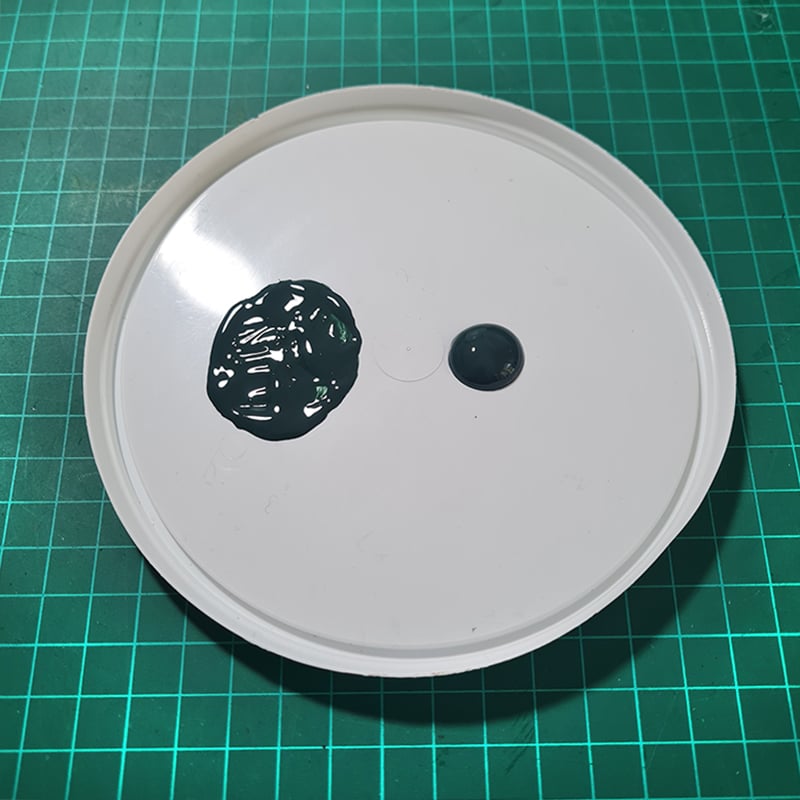
Paint is made up of 3 general ingredients; pigment (the color), medium (a binding agent for the color) and thinner (to control consistency). The more thinner or medium you add, the less pigment will be in the paint, and the weaker the color will be. So it’s worth bearing that in mind, that sometimes you might need to do a second coat of paint if the pigment is a bit weaker in that particular color.
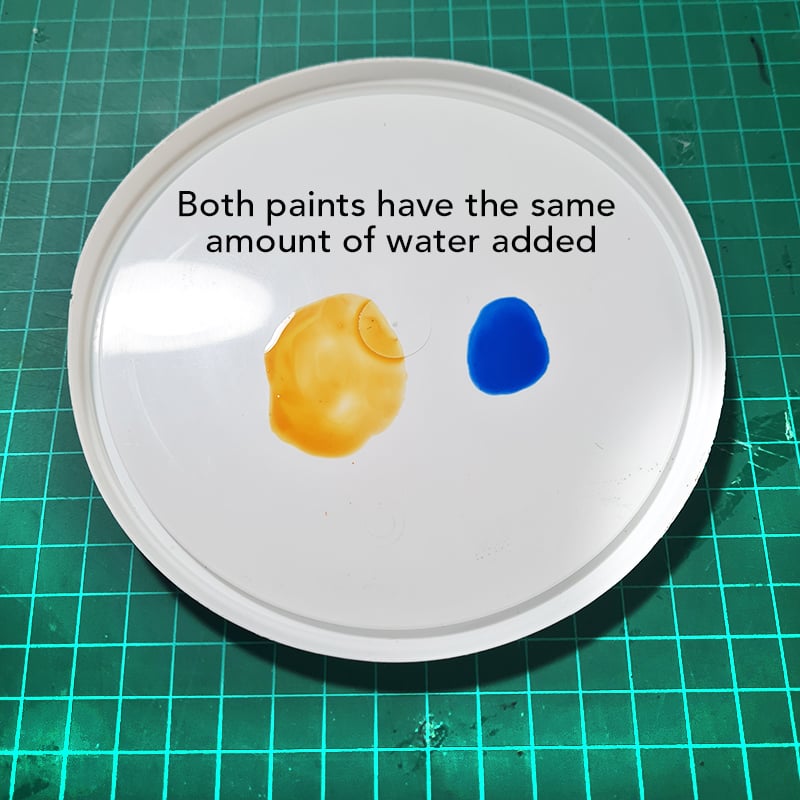
In summary, there is no exact, correct thickness of paint. Trust your intuition, if it looks too thick, add some water, if it looks too thin, add some more paint.
Mixing Paint
There are hundreds of different colors on the market, all with different properties, tones, prices and uses. Yet we still mix colors together regularly, why?
Firstly, it saves you from owning a bajillion different paints, which saves you time and money.
Mixing colors also gives you more natural looking transitions on your 3D printed models.
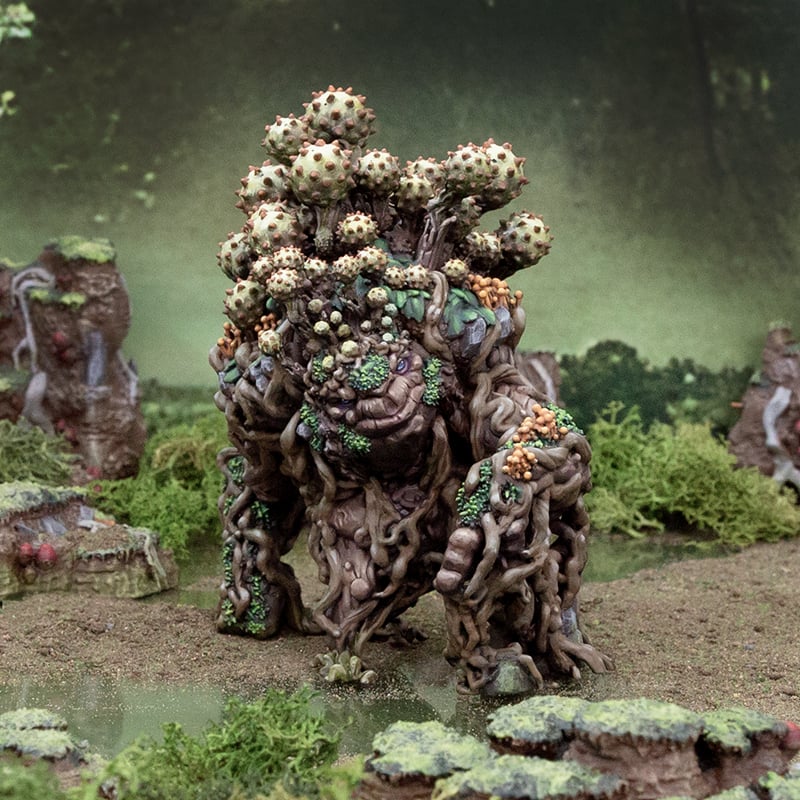
For our painting guides, I will put a ratio like 50/50 or 70/30, however this is only a guideline. The purpose is to show the transition from one color to another. This can be done in 1 or 2 steps, but could be done in 4 or 5, or as many layers as you see fit. Just each time mix in a touch more of the second color, simple!
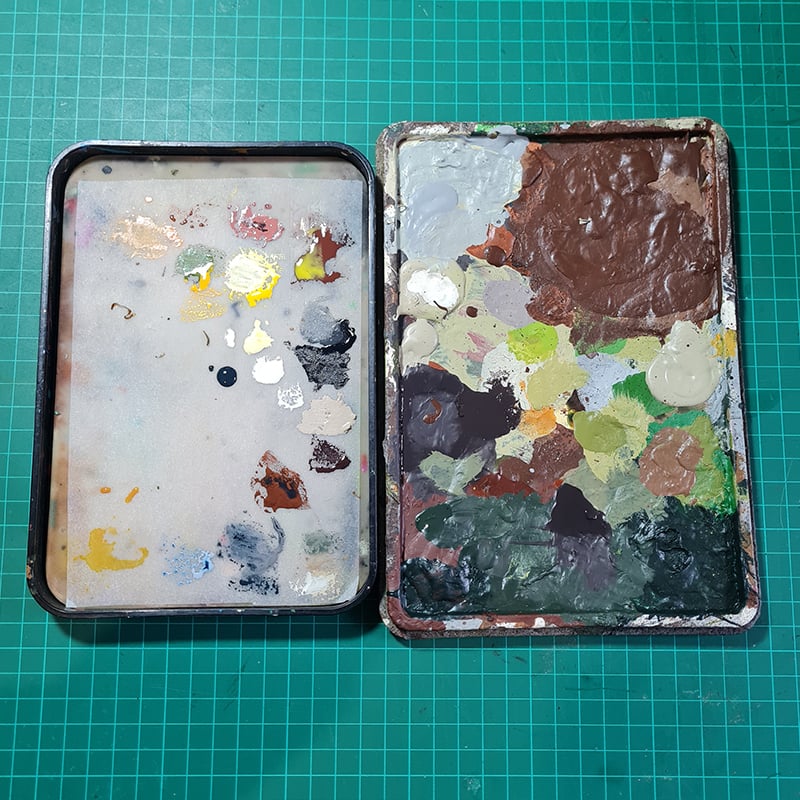
Think of your palette as a laboratory, conducting experiments in color. As long as the base colors you are mixing are correct, the ratios do not need to be exactly the same between different models. The end result will look the same. Just make sure you wash your brush between colors, and again before you mix the paint together. Using a palette, you’ll get an eye for ratios with a bit of practice.
Matching Colors
The same goes for the actual colors you use. Whilst each individual paint tone is unique, there is no need to be a puritan about which colors you use. Many paint brands have like colors, and they’re pretty much the same. It can be quite fun to try out different brands and to experiment with colors and finishes. You can always paint over something!
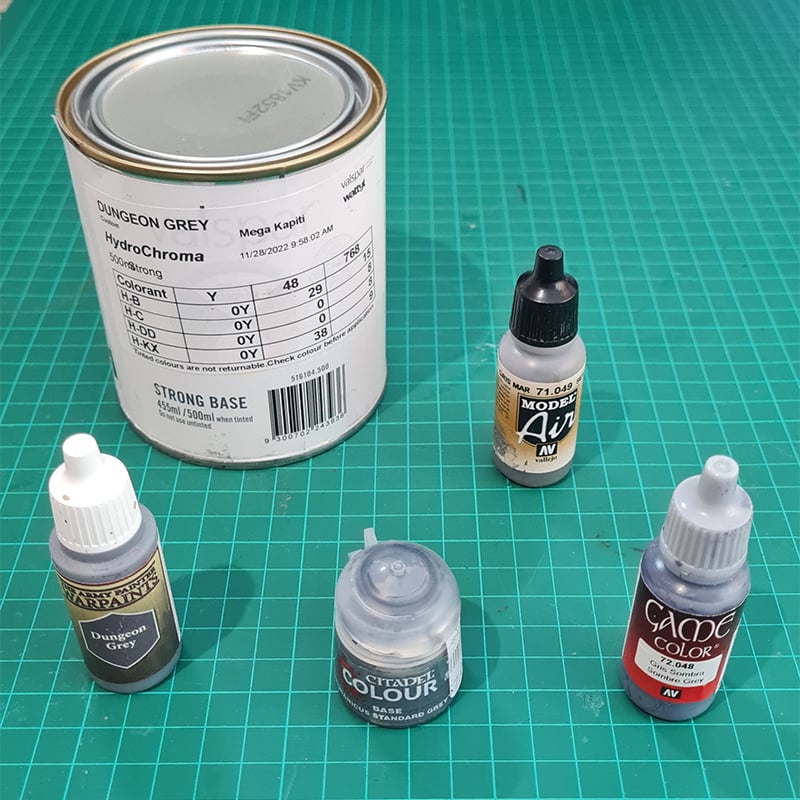
A handy tip for painting 3D printed models is to color match your model paint with acrylic house paint. Some terrain projects can be quite large, and using model paints can add up in cost quite quickly. If you know you’re going to need a lot of a certain color, take the model paint (with some painted onto a strip of paper) to your nearest hardware or paint shop and have them match it. Keep in mind, the color and finish will always be a tiny bit different, but you’ll no longer need your model paint! Save it for your miniatures and finer details.
The Most Important Tip
HAVE FUN!
Simple but true. The painting process should be one of enjoyment and satisfaction.
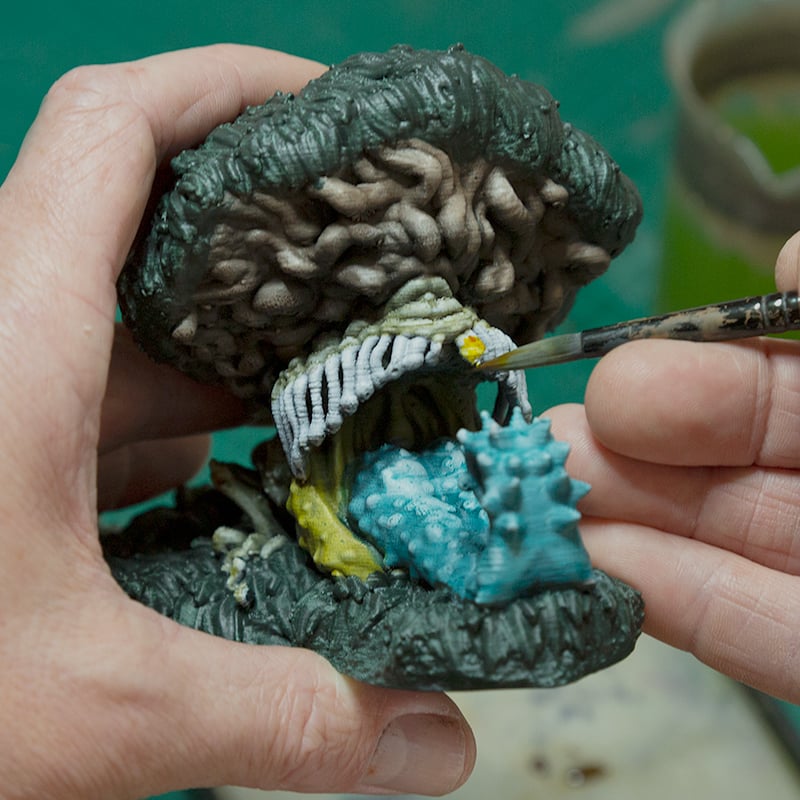
Take a minute and set some goals when you sit down for a painting session. Aim to finish a particular stage but don’t beat yourself up if you don’t get there. Think about what standard you want to accomplish and how long you think it’ll take you.
It seems simple but it can turn what feels like an endless chore into a gratifying use of your free time, whether its for 20 minutes or 8 hours. Remember to take regular breaks and to stretch!
Over the coming weeks we’ll be adding specific technique spotlights along with other hobby tips, so keep your eye on our Knowledgebase
Have you got a topic you’d like us to cover in an article like this? Let us know!
 My Account
My Account 


